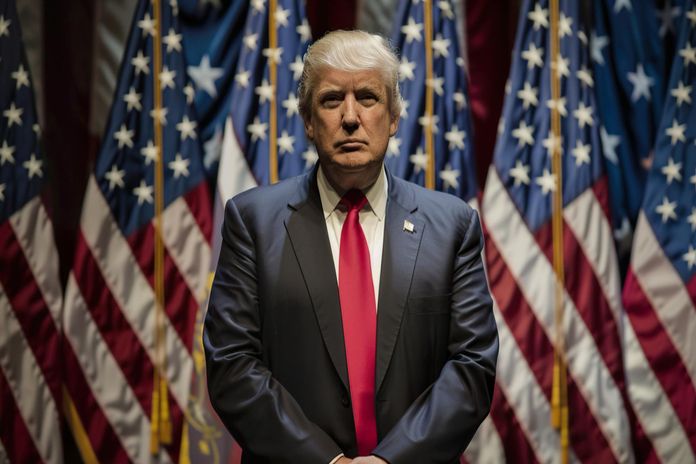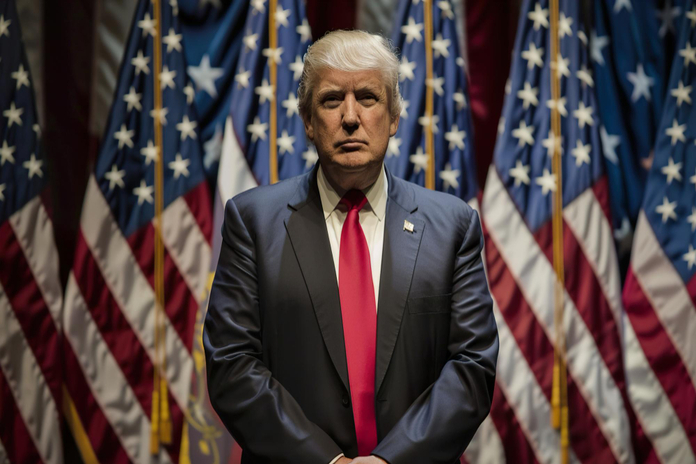Do Kwon Fraud Plea Shocks Crypto Investors

South Korean cryptocurrency mogul Do Kwon has pleaded guilty to fraud charges linked to the $40-billion collapse of his crypto empire. The 33-year-old co-founder of Terraform Labs entered the plea Tuesday in Manhattan federal court, signaling the start of a high-profile legal chapter for the embattled entrepreneur.
The charges stem from Kwon’s role in promoting TerraUSD, a so-called “stablecoin,” and its floating counterpart, Luna. The May 2022 crash wiped out nearly $40 billion in investor assets, sparking outrage across global markets. Kwon’s plea includes one count of conspiring to commit commodities fraud, securities fraud, and wire fraud, as well as a second count of wire fraud.
Terms of Kwon’s Guilty Plea
Under a plea agreement with federal prosecutors, Kwon faces a maximum prison term of 12 years, a significant reduction from the 25 years recommended under federal sentencing guidelines. Sentencing is scheduled for December 11. In addition to incarceration, Kwon agreed to forfeit more than $19 million, which authorities said reflects proceeds obtained through deceptive practices.
“This plea demonstrates Kwon’s acknowledgment of responsibility for misleading the Terra community,” said his lawyer, Sean Hecker. The legal resolution also includes relinquishing Kwon’s interest in Terraform Labs and its cryptocurrency holdings, further marking the collapse of his once-promising enterprise.
The Collapse of Terraform and TerraUSD
Terraform Labs, co-founded by Kwon in 2018, had promoted TerraUSD as a “stable” cryptocurrency pegged to the U.S. dollar to minimize volatility. In reality, TerraUSD’s value collapsed, dragging down its sister currency Luna and erasing billions in market value for investors worldwide.
U.S. Attorney Jay Clayton described Kwon’s actions as “one of the largest frauds in history,” noting that the case exploited both technological hype and investment euphoria in the cryptocurrency space. The case serves as a cautionary tale for investors in high-risk crypto assets, highlighting the importance of transparency and regulatory oversight.
Global Impact and Extradition
Kwon’s legal troubles intensified after his arrest on March 23, 2023, in Europe while traveling under a false passport. He was subsequently extradited from Montenegro to the United States on December 31, where he has been held pending trial. The global nature of the Terraform collapse underscores the widespread vulnerabilities in unregulated cryptocurrency markets, affecting retail and institutional investors alike.
Investor Takeaways
The Do Kwon fraud case illustrates the risks inherent in digital assets, especially those marketed as “stable” or low-risk investments. Investors should exercise caution, conduct thorough due diligence, and monitor legal developments for potential ripple effects on the broader crypto market.
While Kwon’s plea resolves certain aspects of the criminal case, the financial fallout continues. Thousands of investors lost billions, and questions about the accountability of other crypto platforms remain unresolved. For those tracking cryptocurrency equities, such high-profile fraud cases reinforce the necessity of regulatory compliance and risk assessment.
Looking Ahead
As Kwon awaits sentencing, the case may set a precedent for how U.S. authorities handle international crypto fraud. Investors and regulators alike are watching closely, knowing that the outcome could influence the future of stablecoins and institutional participation in digital currencies.
The Do Kwon fraud plea represents a landmark moment in cryptocurrency enforcement, emphasizing that even global crypto figures are not beyond the reach of U.S. law.
Featured Image: Freepik







